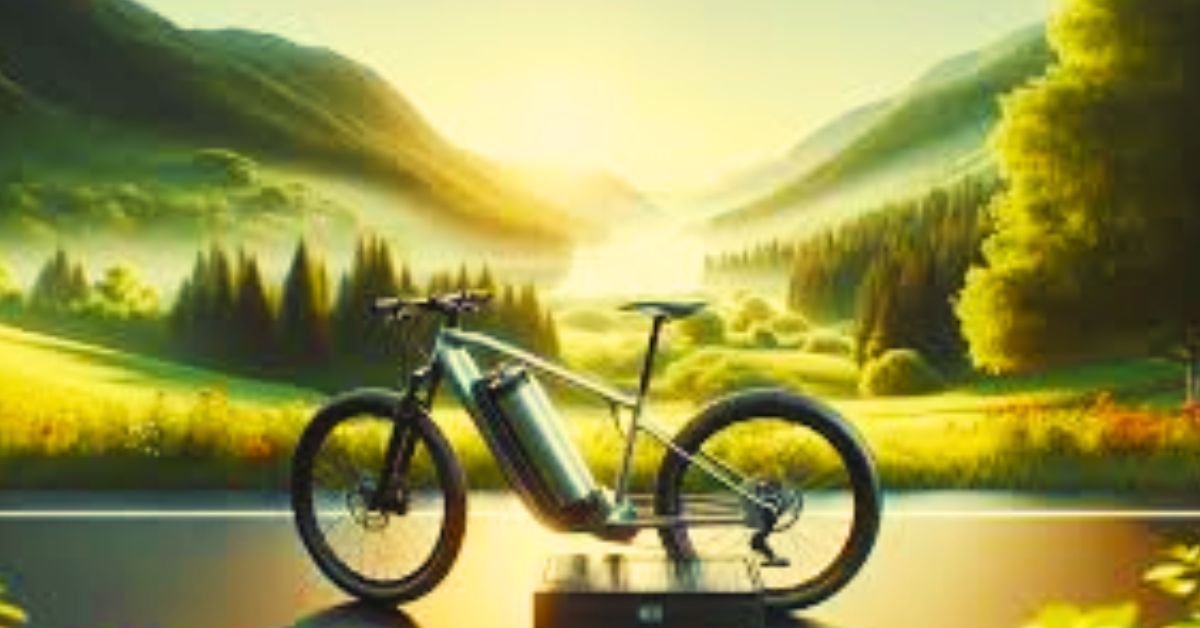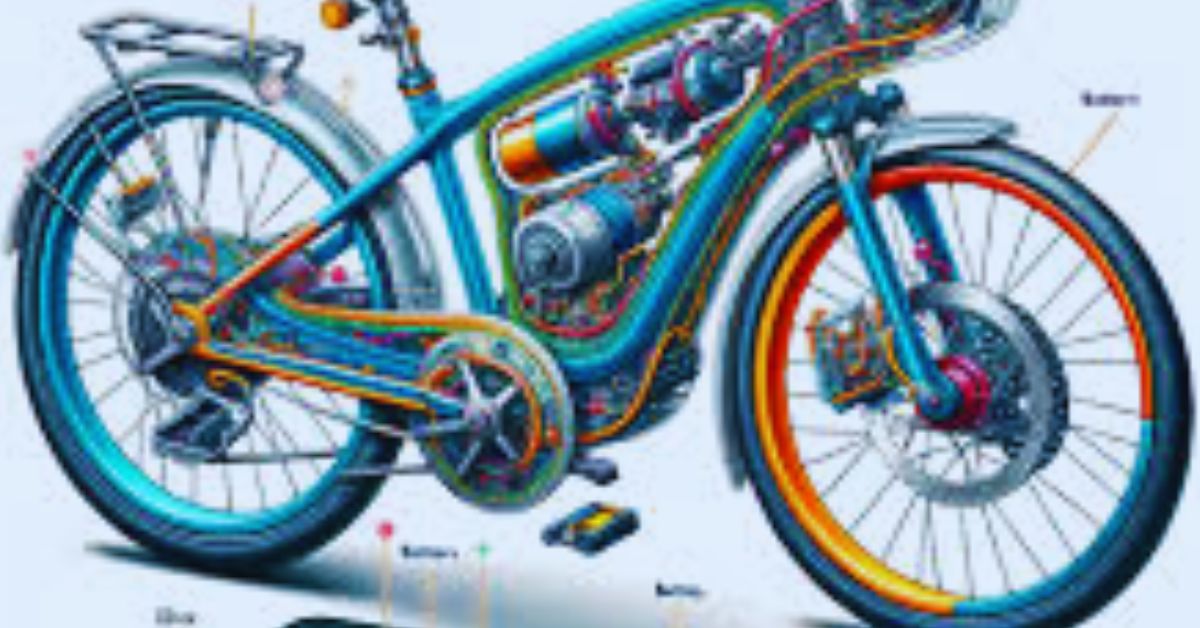E-bikes have taken the world by storm, changing the way we commute, exercise, and explore our surroundings. As the demand for electric bikes grows, so does the need for more efficient, powerful, and sustainable motors. The evolution of e-bike motors has been rapid, and 2024 brings with it some exciting advancements that are set to transform the e-bike experience even further. Here’s a look at what’s new and noteworthy in the world of e-bike motors this year.
1. Enhanced Motor Efficiency
One of the most significant improvements in e-bike motors in 2024 is the enhancement of motor efficiency. Today’s e-bike motors are designed to provide more power while using less energy, which translates into longer ride times and reduced charging frequency. Manufacturers are focusing on optimizing motor design to achieve peak efficiency, using lightweight materials and advanced engineering to reduce energy wastage. For riders, this means getting more miles per charge without sacrificing power.
2. Increased Torque and Power Output
E-bike enthusiasts have always sought a balance between speed, power, and control. In 2024, e-bike motors are producing more torque, especially in mid-drive motors, which are popular for mountain and off-road biking. High-torque motors offer a boost on steep hills and rugged trails, enhancing overall performance and providing a smoother ride on difficult terrain. With increased power output, these motors allow e-bikes to achieve higher speeds and better acceleration without draining the battery quickly.
3. Integration with Smart Technology
As with many aspects of technology, e-bike motors are getting “smarter” in 2024. Many new motors now come integrated with smart technology that allows riders to connect their e-bikes to mobile apps, providing real-time feedback on battery health, distance traveled, and motor performance. This technology also enables riders to switch between different modes, optimize energy use, and even diagnose issues remotely. Smart technology integration is becoming a standard feature, especially in premium e-bike models, enhancing the user experience and making maintenance more manageable.
4. Lighter and More Compact Motor Designs
Weight and size are crucial factors in the design of e-bike motors, as they impact handling and ease of transport. In 2024, manufacturers have made significant strides in reducing motor weight and size, making e-bikes more manageable and comfortable for a wider range of riders. These lightweight motors are particularly beneficial for city and commuter e-bikes, where ease of handling and portability are top priorities. Newer motors use high-grade aluminum and composite materials to shed weight without compromising durability or power.
5. Improved Battery Integration
Motor and battery integration is essential for creating a seamless, aesthetically pleasing e-bike design. Many e-bike motors now come with improved battery integration, allowing the battery to be housed within the bike frame itself. This integration not only enhances the bike’s appearance by keeping the components hidden but also protects the battery and motor from environmental elements, such as rain and dust. Improved battery integration also contributes to better weight distribution, which enhances the balance and handling of the e-bike.
6. Regenerative Braking for E-Bikes
A feature long used in electric vehicles is now making its way to e-bikes: regenerative braking. This technology allows the motor to act as a generator when the brakes are applied, capturing some of the energy that would otherwise be lost as heat and feeding it back into the battery. Although regenerative braking won’t fully recharge the battery, it can extend battery life and provide a slight energy boost, especially on longer downhill rides. Regenerative braking adds to the overall efficiency of e-bikes, making them an even greener option for transportation.
7. Noise Reduction Technology
Riding an e-bike is all about enjoying the journey, and noisy motors can be a deterrent for many. In 2024, motor manufacturers have implemented noise reduction technologies to make e-bike motors quieter and more pleasant to ride. Advanced engineering and sound-dampening materials are used in the motor housing to reduce the sound produced during operation. This is especially valuable for city riders who want a quiet, smooth commute without disturbing pedestrians or creating additional noise pollution.
8. Customizable Motor Modes for Different Riding Styles
Not all riders have the same needs, and e-bike manufacturers are addressing this with customizable motor modes. In 2024, many e-bikes offer adjustable power modes tailored for various riding styles, such as eco, city, mountain, and turbo modes. Each mode optimizes the motor’s performance to fit different terrains and riding preferences. Riders can switch modes on the go, allowing them to conserve battery life in eco mode during a city commute or ramp up the power in turbo mode for a steep hill climb. Customizable motor modes offer a more versatile and personalized riding experience.
9. Increased Focus on Sustainability
As environmental awareness grows, e-bike motor manufacturers are prioritizing sustainable production processes and materials. Many 2024 e-bike motors are built with recyclable materials and manufactured in eco-friendly facilities that reduce waste and energy consumption. This focus on sustainability ensures that e-bikes not only offer a green alternative to traditional vehicles but also have a reduced environmental impact across their entire lifecycle, from production to end-of-life disposal.
10. Advances in Battery Management Systems (BMS)
The role of a battery management system (BMS) in an e-bike motor is critical for safety and efficiency. In 2024, BMS technology has evolved to provide even greater control over battery usage, temperature management, and overall safety. With improved BMS, e-bike motors are more protected from overheating and overcharging, which extends the battery’s lifespan and improves the bike’s safety. These systems can communicate with the motor to optimize energy use and prevent issues before they arise, ensuring riders have a reliable and long-lasting power source for their adventures.
What’s Next for E-Bike Motors?
The e-bike industry is advancing rapidly, and the motors powering these bikes are evolving in tandem. As the industry grows, future e-bike motors are likely to become even more efficient, lighter, and seamlessly integrated with smart technologies. With an increasing emphasis on sustainability and user-centric design, e-bike motors are set to make electric biking more accessible, enjoyable, and environmentally friendly.
2024 is proving to be an exciting year for e-bike technology, and the advancements in motor design are just the beginning. As we move forward, these developments promise to enhance the e-bike experience for both new riders and seasoned enthusiasts, paving the way for a more sustainable and dynamic way to travel.


